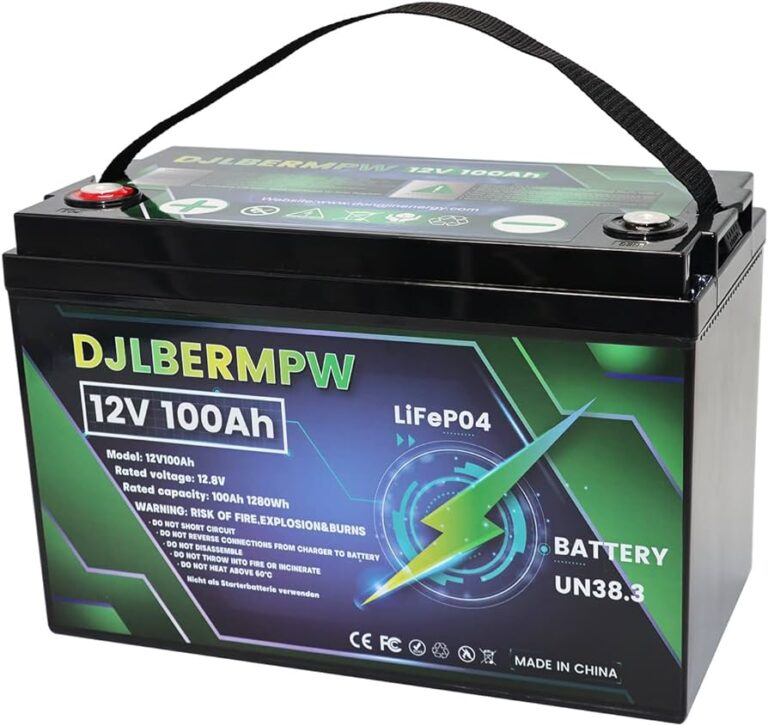48 Volt Club Car Troubleshooting: Quick Fixes & Tips
48 Volt Club Car Troubleshooting: Troubleshooting a 48 Volt Club Car involves checking the battery pack, connections, and onboard computer. Common issues include battery failures, wiring problems, and solenoid malfunctions.
Golf enthusiasts and maintenance crews often face challenges with their 48 Volt Club Car, a leading electric golf cart. Troubleshooting these carts requires a systematic approach to pinpoint electrical concerns swiftly and effectively. Whether it’s a leisurely round on the links or a critical job on vast grounds, a well-functioning cart is non-negotiable.
Identifying the cause of issues such as reduced power, failure to start, or erratic performance is essential for those reliant on these vehicles. By focusing on the main electrical components, including batteries, connections, and the control systems, one can promptly return their Club Car to optimal operation. Our guide provides actionable insights into maintaining your cart’s reliability and performance.
Identifying Common Issues
Battery pack inspection and maintenance are crucial for your 48 Volt Club Car’s performance. Ensure that all connections are secure and corrosion-free. It is essential to check the battery voltage levels regularly, looking for consistency across the pack to guarantee optimal functionality. Variances could hint at a faulty battery cell or inappropriate charging habits.
Consistent power flow hinges on the integrity of your Club Car’s electrical system. Perform thorough fuse and wiring checks to avoid unexpected power loss. Scrutinize each fuse for signs of damage and confirm that wiring is intact and free from frays or cuts. Loose connections can lead to intermittent power issues and should be addressed promptly.
Solenoid testing is essential for diagnosing activation failure in your vehicle. The solenoid should audibly click when engaging. Absence of this sound may point to a defective solenoid needing replacement. Utilize a multimeter to test for continuity and ensure the solenoid is receiving proper voltage for reliable operation.
Quick Fixes & Tips
Resetting the OBC (On-Board Computer) on a 48 Volt Club Car can often resolve common errors that halt performance. Begin by turning off the ignition and locating the OBC. Disconnect the negative battery terminal for a few minutes, then reconnect it to perform a manual reset. This simple step might bring your golf cart back to optimal operation.
Clean battery terminals regularly to enhance electrical connectivity. Corrosion and buildup can impede power flow, leading to performance issues. Use a mixture of baking soda and water to scrub the terminals, and then rinse with clean water. Once dry, apply a corrosion prevention spray to ensure a good connection and extend the lifespan of the battery terminals.
Dashboard warning indicators signify various issues that need attention. Each light on the dashboard has a specific meaning, from batteries needing a charge to malfunctions in the electrical system. Check the owner’s manual for your Club Car model to decode these signals and take the necessary steps towards troubleshooting.
Power Loss And Inefficiencies
Diagnosing reduced power delivery requires thoroughly checking the battery voltage and state of charge. Ensure that all connections are clean, tight, and free from corrosion. A multimeter can be a handy tool to assess if the voltage levels align with the 48 volts required for optimal performance. Inspect the battery pack to confirm that no individual batteries are failing, which can lead to significant power drops during operation.
Encountering sudden shutdowns may indicate issues with the battery terminals or the on-board computer system of the Club Car. It’s essential to scrutinize the wiring harnesses for signs of wear, abrasion, or electrical short circuits. Should these systems check out without fault, evaluation of the Solenoid function is the next step to ensure it is engaging properly.
For optimizing battery charge cycles, regular maintenance and following a consistent charging schedule is paramount. It is beneficial to use a charger that is specifically designed for a 48-volt system, ensuring it can deliver a full and proper charge. Maintain the water level in each battery cell and perform equalization charges periodically to balance the cells and extend the battery life.
Motor And Controller Concerns
Assessing motor performance in a 48 Volt Club Car involves careful inspection of the motor’s operation. Signs of a potential issue include unusual noises, reduced acceleration, or a failure to start. Performing a visual examination of the motor and checking for any loose connections or wear can provide initial clues. It is advisable to consult the golf cart’s manual for specific troubleshooting steps and to use a multimeter to test the motor’s electrical components.
Controller diagnostic steps should be systematic to ensure accurate detection of problems. Begin by verifying the battery voltage to confirm if the power supply to the controller is sufficient. Next, inspect the wiring and connections for any signs of damage or corrosion. Use a diagnostic tool if available, following the manufacturer’s guidelines, to check for error codes that can pinpoint issues within the controller itself.
Deciding when to seek professional repairs can save time and prevent further damage. If after initial assessments, the motor or controller issues persist, enlisting the help of a certified technician is recommended. When the golf cart exhibits complex electrical problems, complex performance degradation, or if the troubleshooting steps do not resolve the issues, professional expertise becomes crucial for ensuring safety and restoring proper function.
Fine-tuning For Optimal Performance
Adjusting the potentiometer settings can lead to significant improvements in your 48 Volt Club Car’s performance. This tweaking process optimizes the throttle response, ensuring a smoother acceleration. To achieve precise control, follow the manufacturer’s guidelines. Proper adjustment is key to enhancing overall driving experience.
Moving on to speed and torque upgrades, consider installing a higher capacity controller or a custom motor designed for increased power output. These modifications can lead to better hill climbing and acceleration.
| Tire Condition | Efficiency Impact |
|---|---|
| Correctly Inflated | Maximizes efficiency and range |
| Underinflated | Increases rolling resistance |
For efficiency, proper tire inflation plays a critical role. It’s not just about maintaining tire pressure; it’s about ensuring the best possible contact with the ground. A tire pressure gauge can help maintain the recommended PSI, extending the life of your tires and battery.

Credit: relionbattery.com
Preventative Maintenance Strategies
Regular inspection routines are crucial for keeping your 48 Volt Club Car in optimal condition. To start, visual examinations and performance assessments at consistent intervals can prevent minor issues from becoming major problems. Paying close attention to battery terminals and wiring can avert electrical malfunctions, while ensuring that all moving parts are well-lubricated helps in maintaining smooth operation.
Storage conditions significantly affect your Club Car’s performance and durability. Always store your vehicle in a cool, dry space to prevent battery degradation and protect electronic components. Avoiding extreme temperatures and moisture is key to preserving the integrity of the golf cart’s parts.
Implementing seasonal care practices is vital for the longevity of your Club Car. Wintertime requires battery maintenance and protective measures against cold weather, whereas summertime care should focus on overheating prevention and tire maintenance due to increased usage. Regularly adjusting your maintenance routine based on the season will ensure that your vehicle remains reliable year-round.
Frequently Asked Questions On 48 Volt Club Car Troubleshooting
Why Is My 48 Volt Club Car Not Starting?
A common issue for a 48 Volt Club Car not starting is battery trouble. Ensure your battery is fully charged and the terminals are clean. Also, check for loose wires or faulty connections.
How To Reset A 48 Volt Club Car?
To reset a 48 Volt Club Car, locate the motor reset button on the cart’s controller. Press and hold the button for a few seconds. If the cart doesn’t reset, check for blown fuses or tripped circuit breakers.
What Are Common 48 Volt Club Car Faults?
Common faults include battery issues, solenoid failures, and malfunctioning speed controllers. Regular maintenance checks can help prevent these problems and ensure your Club Car runs smoothly.
How Do I Troubleshoot A 48 Volt Club Car Battery?
First, test the battery voltage with a multimeter to ensure it’s holding a proper charge. Check for corrosion on terminals and check the water level in each cell. Replace batteries that no longer hold a charge.
Conclusion
Navigating issues with your 48V Club Car can be straightforward with the right approach. By following the troubleshooting tips outlined, you’re equipped to tackle common problems efficiently. Remember to prioritize safety and seek professional help if needed. Keep your Club Car running smoothly and enjoy your rides!





